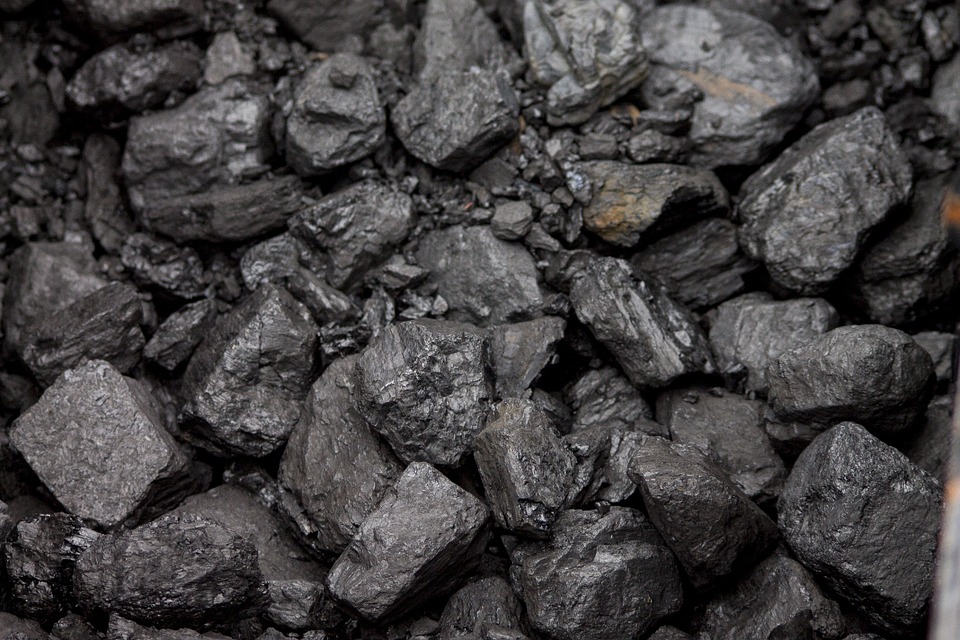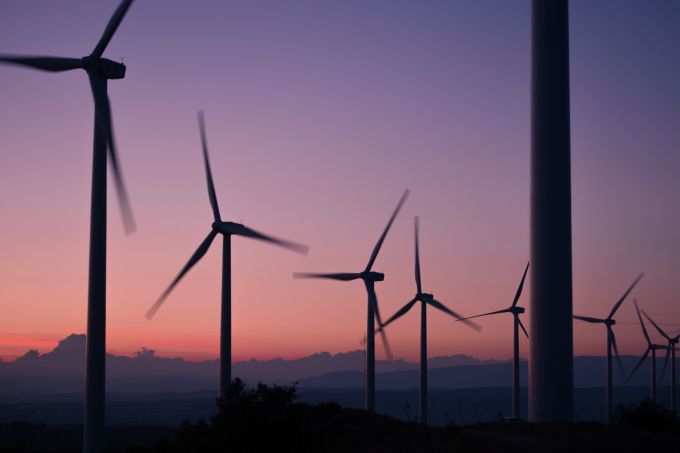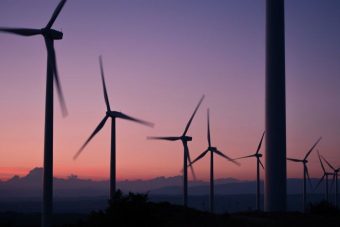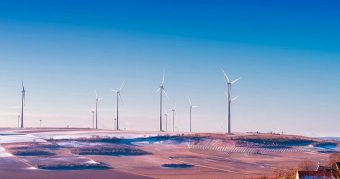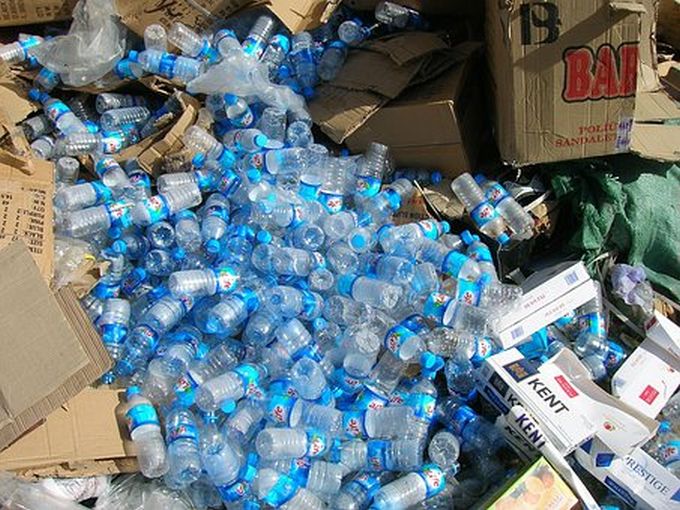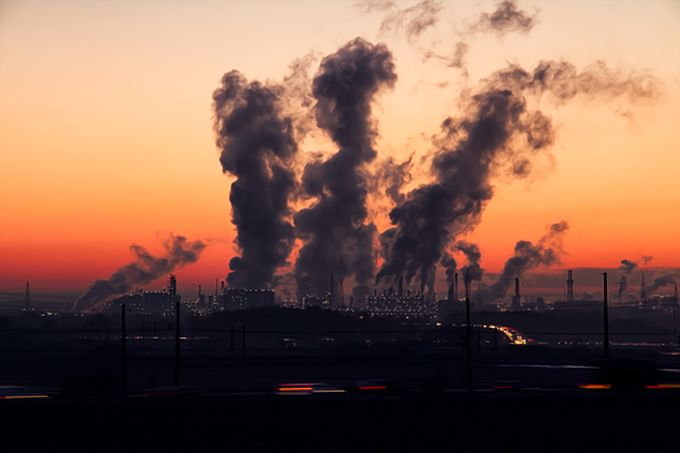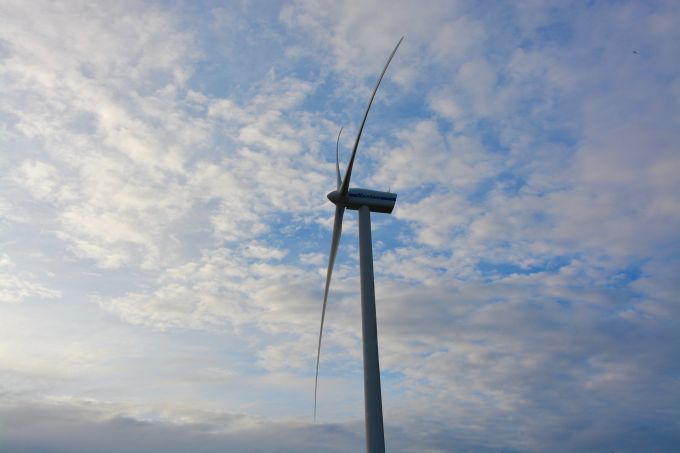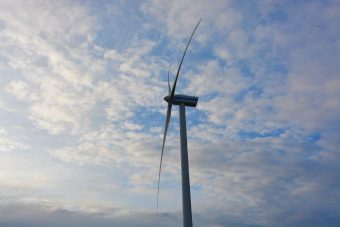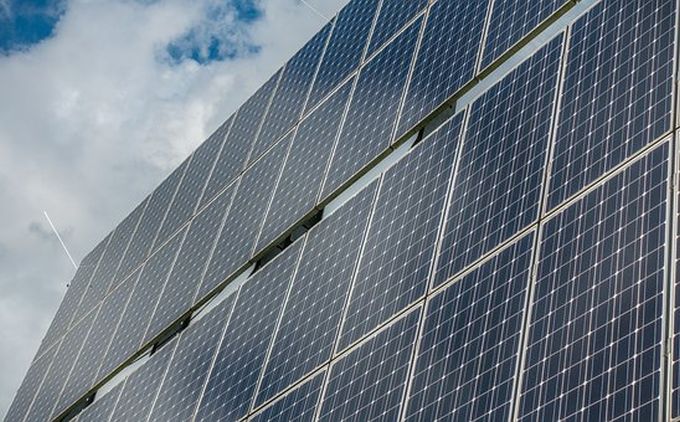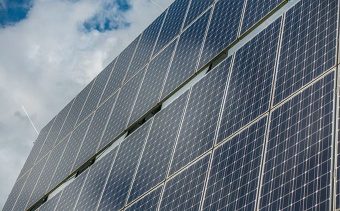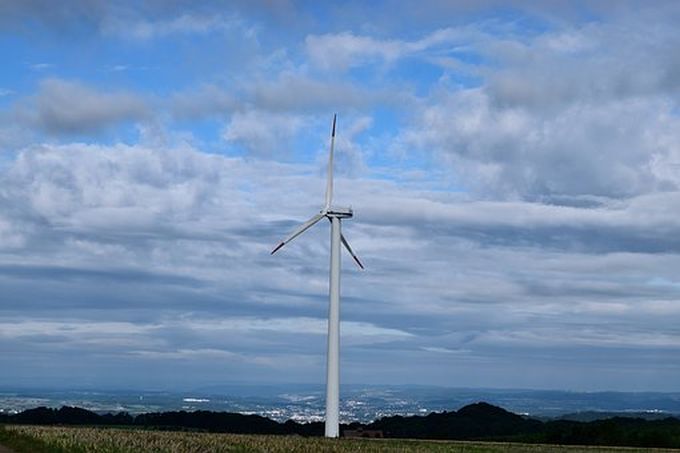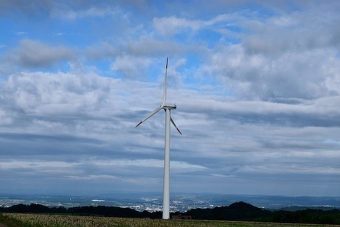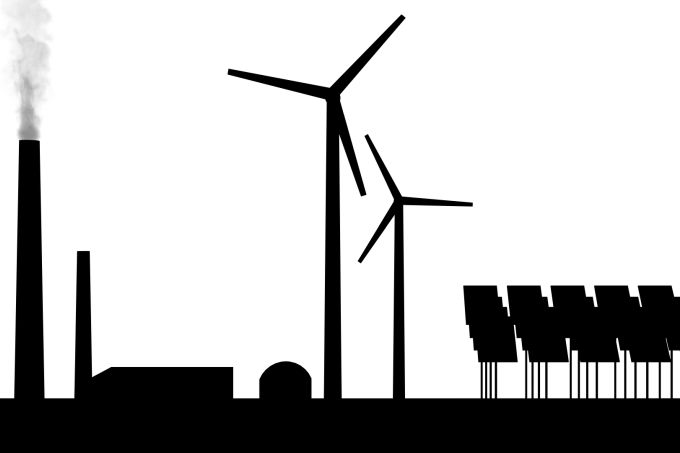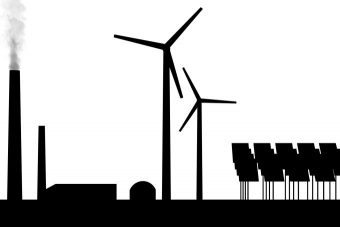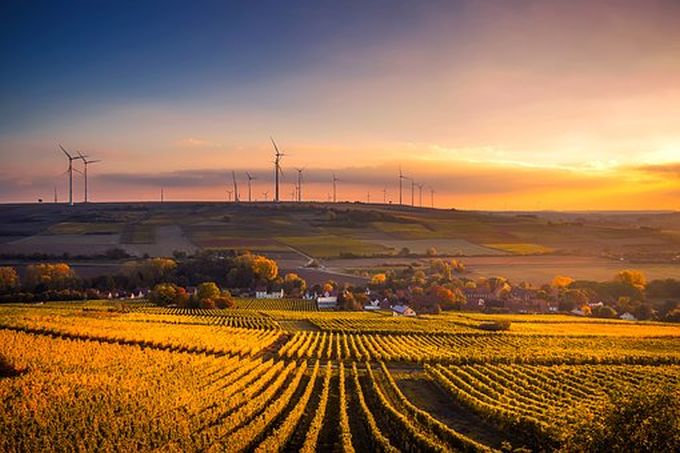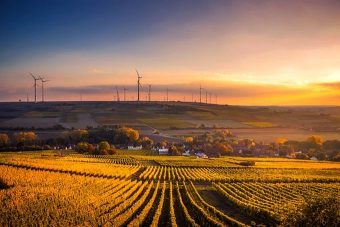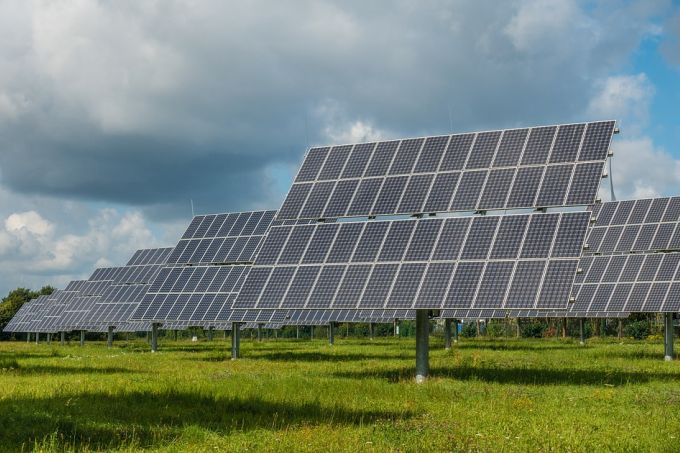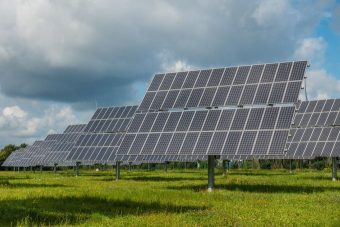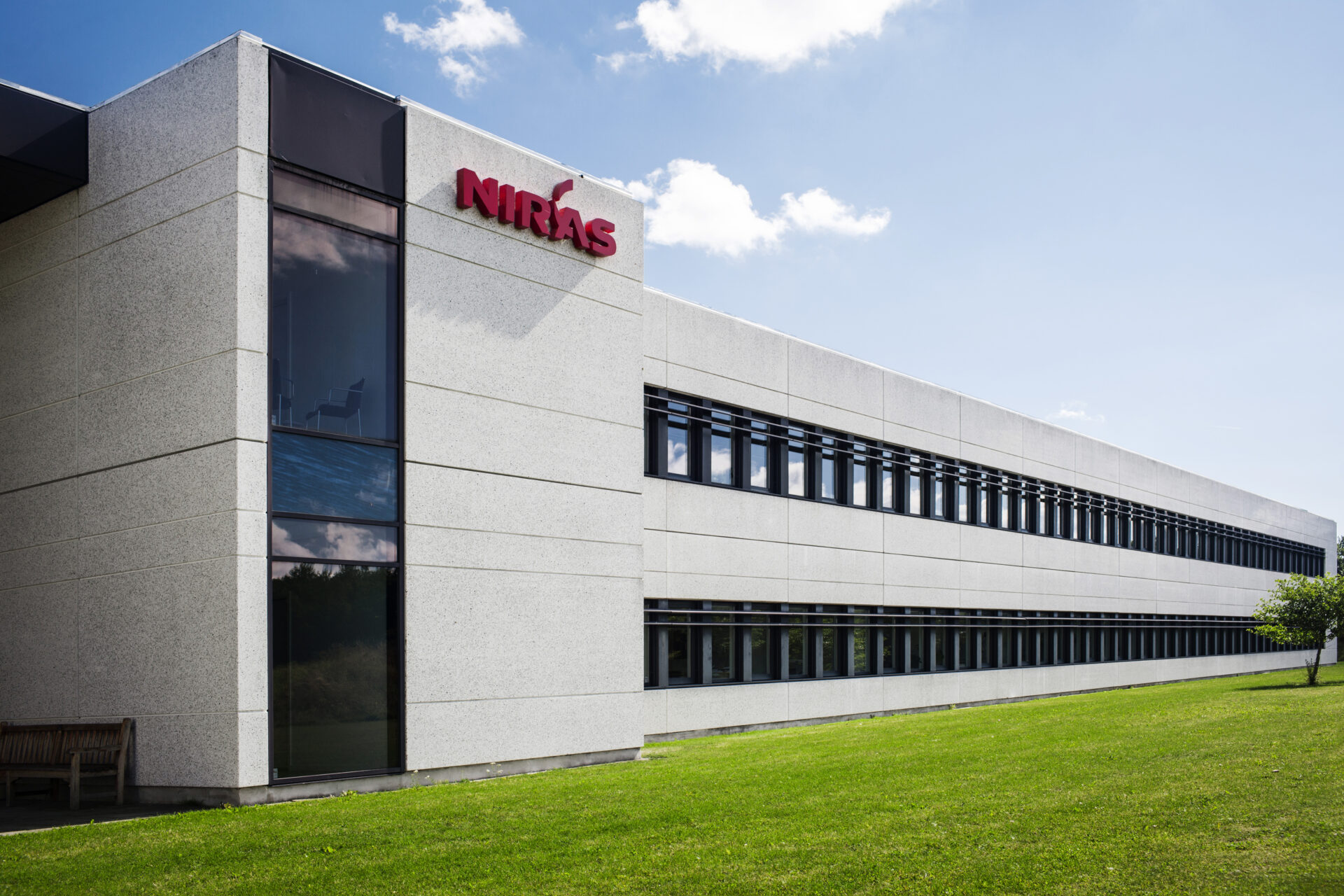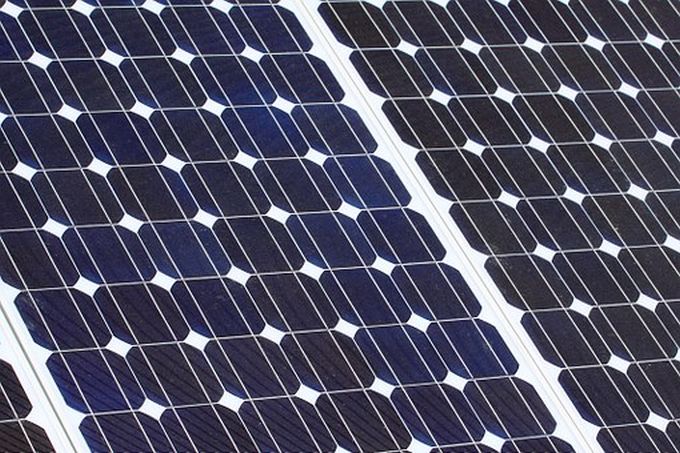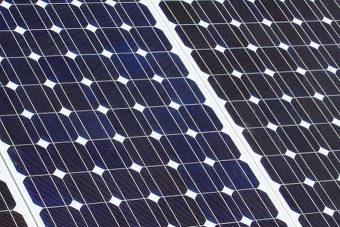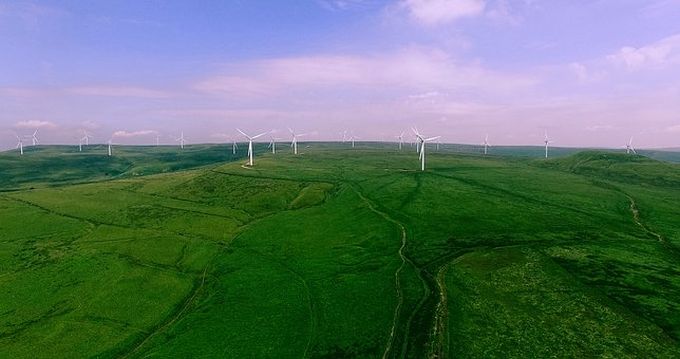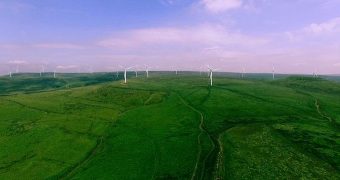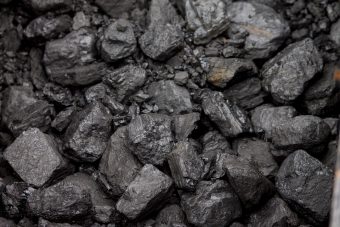
US coal exports rose by 61% in 2017 (by a total of 36.7 million short tons), largely on the back of increased shipments to Asia and steady shipments to Europe, going by the most recent figures released by the EIA.
The exact figures for 2017 were 97 million short tons of US coal exports, with 55.3 million short tons relating to metallurgical coal exports (51% of the total), and steam coal making up the remainder of exports.
Of the increase in exports, though, steam coal made up a larger portion, largely due to strong demand from India, Japan, and South Korea. Steam coal exports from the USA to India actually increased by around 3 times over in 2017 (as compared to 2016) — to 7.6 million short tons.
Here’s more from the EIA press release on the matter:
“Exports to Asia more than doubled from 15.7 MMst in 2016 to 32.8 MMst in 2017, although Europe continues to be the largest recipient of US coal exports. … Coal-fired generating capacity in India has more than doubled in recent years to meet growing electricity demand. Although India produces enough coal to meet most of its domestic needs, a large portion of India’s new coal-fired power plants require coal with higher quality and energy content than the coal that is typically produced in India, resulting in these power plants having to import coal from elsewhere.
“South Korea was the third-largest recipient of US steam coal in 2017, importing 5.9 MMst, up from 1.3 MMst in 2016. This increase was primarily because of South Korea’s plan to transition away from nuclear power, increasing its reliance on electricity generated from coal-fired power plants. Japan’s electricity generation is dominated by fossil fuel plants, as much of Japan’s nuclear fleet has yet to restart after the 2011 Fukushima Daiichi nuclear plant accident and resulting shutdown of the country’s other nuclear power plants. Japan depends on imports for more than 90% of its energy needs, and US steam coal exports to Japan were 2.7 MMst in 2017, up from 0.6 MMst in 2016.”
In contrast, US metallurgical coal exports — which made up a slight majority of total exports — were spread out more globally. The top countries for US metallurgical coal exports in 2017 were Brazil, Japan, India, Canada, Ukraine, and South Korea, most of which export steel to the USA. Altogether, those countries made up more than half of US metallurgical coal exports in 2017.
So, what does all of this mean? Effectively, that no serious efforts are being made to transition away from coal reliance (both for elective city generation and steel production). The partial shift away from coal to date has almost entirely been driven purely by economics (regardless of what some politicians might tell you).
Source: cleantechnica.com


